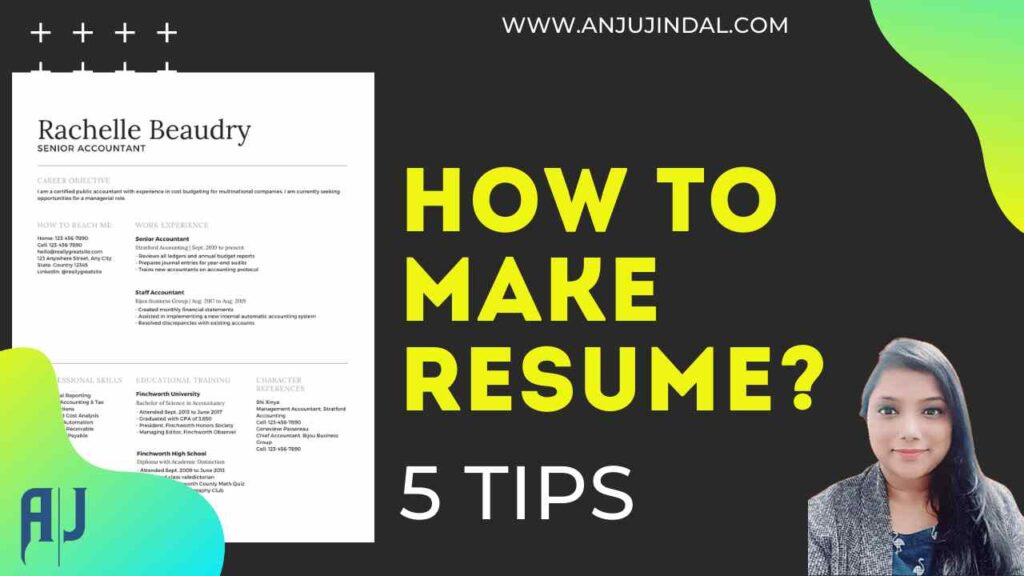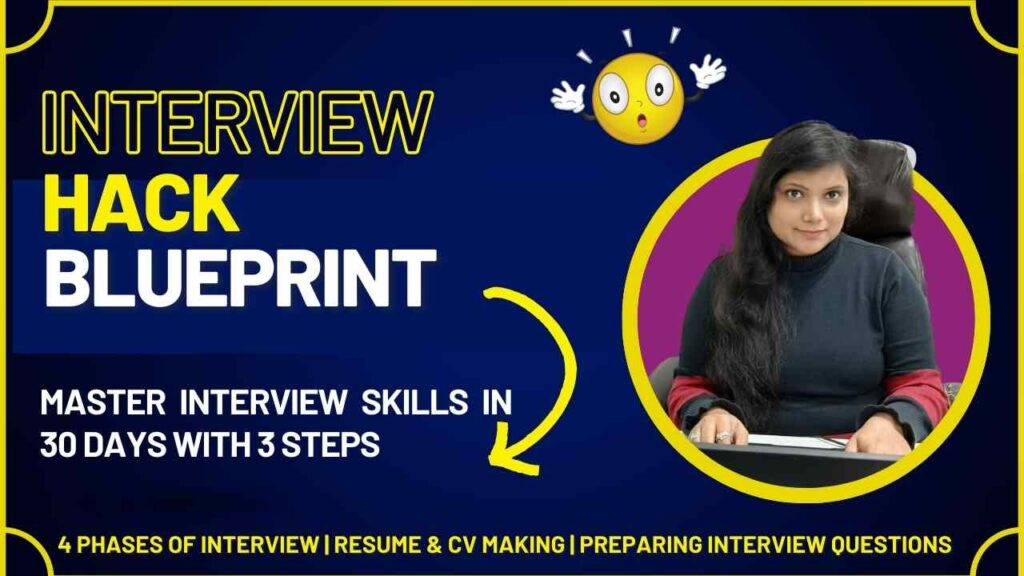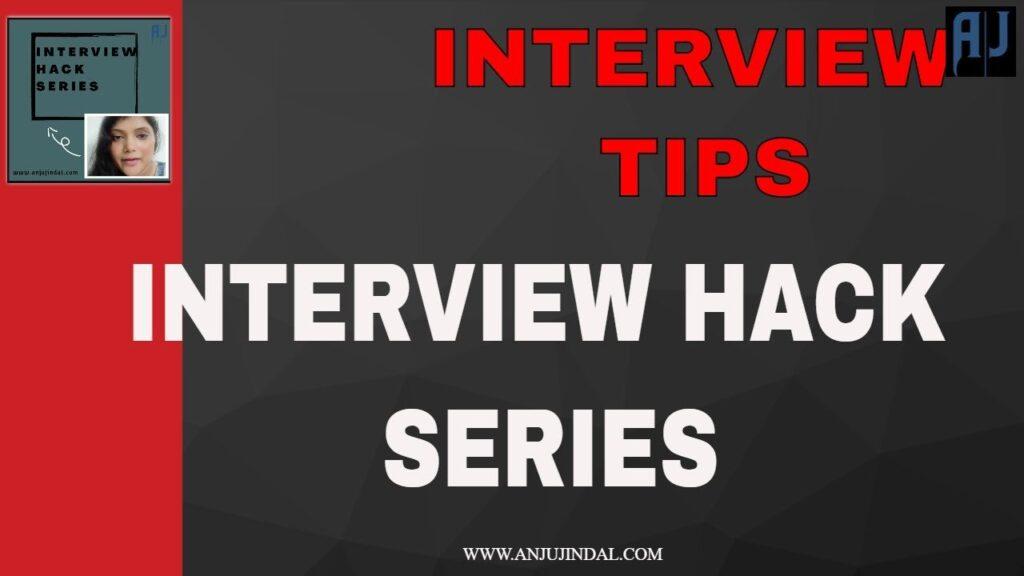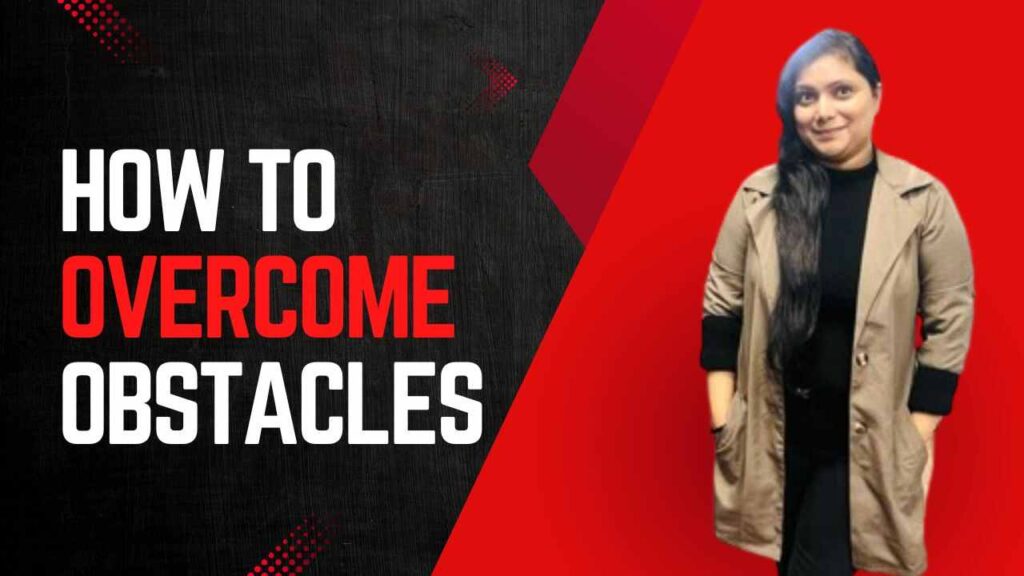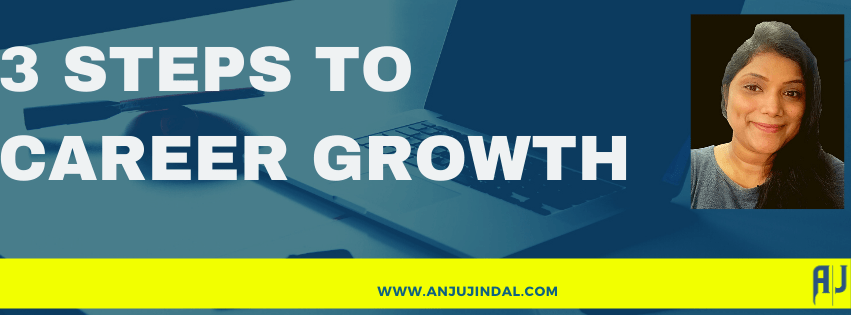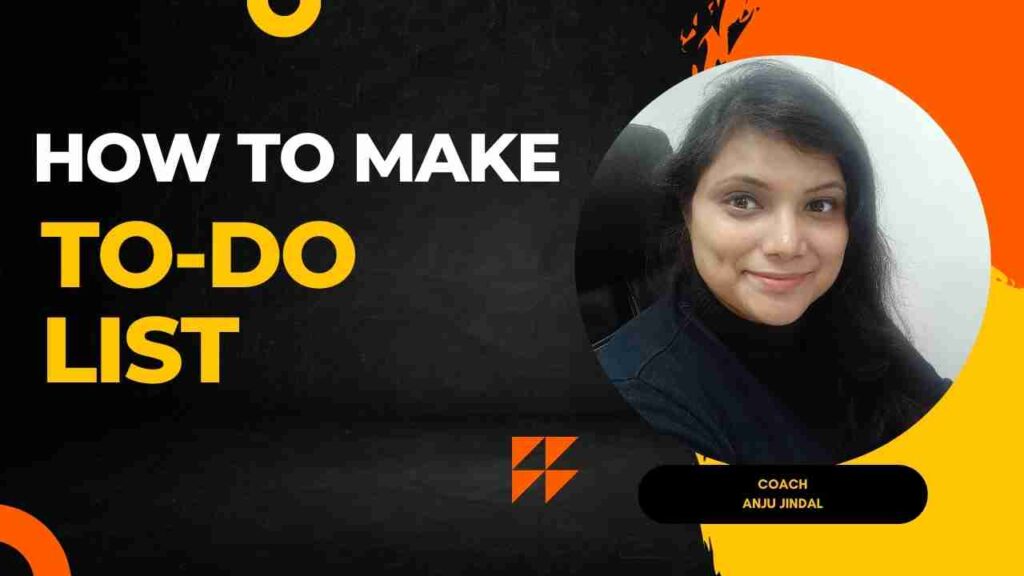When we go for a job interview one thing which reaches even before you reach to the employer. Check out the blog how to make resume – step by step guide. This is one thing which decided even whether you will be called for the interview or not.
It is one thing which helps both employer and candidate.
Employer gets best of the candidate.
Candidate gets job as per the skills.
There are so many questions which come to our mind as far as resume is concerned. The questions like-
-
What is the format of the resume?
-
Do we need a cover letter with the resume?
-
How can we make a resume which stands out in so many resumes?
-
How will we make sure that we get a call for the interview?
-
Is resume same as CV?
So, In this blog we will cover the types of resume and components. Have a look at step by step guide to make your resume.
Step 1:-
Choose the format
There are 3 main formats of the resume which can be used that are:
-
Chronological format
This resume is best for the candidates where relevancy of the work is highly needed.
This is the format which is very familiar to the employers. It highlights the career advancements and experience which is more relevant for the job position.
It has a problem that if you have a gap in your education or work profile, then that will also be shown. As the more focus is on experience and advancements, skills and abilities, not taken care of in this resume.
-
Functional format
This is the resume which is more suitable for people who want to highlight their skills and abilities.
This is the format that focuses on skills and abilities and gives the least importance to experience. This makes it least favourite of employers.
-
Hybrid format
This is also called as combined format and combines best features of functional format and the chronological format. It gives equal importance to skills, abilities and experience. It cannot hide gaps.
Though any format can be used, but the hybrid is the most common.
Step 2:-
Add your contact details which include:
-
Name
-
Phone number (personal phone number)
-
Location (city, state, zip code full address may not be required)
-
Email-id (professional and in current use email id)
-
LinkedIn profile URL (properly updated)
This is very basic but many a times candidates forget to put these key details. Make sure that double check spelling and give correct information.
For eg-
Arushka jain
D-4/13, I floor, Sec-3, Rohini, Delhi, 110085 | 9971177832 | arushka_jain@gmail.com | linkedin.com/in/arushajain
Step 3:-
Put a headline
If you want to put a headline, make sure it is one concise line, well written which can grab attention.
Include keywords which you can take from various job postings on the internet. Keep readable format.
For eg – Accountant with 2 years experience in handling direct tax.
Step 4:-
Add your profile summary or objective
It can be a very small paragraph or bullet points highlighting what you expect to do or key points of yourself. This should communicate to recruiter how fit you are for the job. Career objective is rarely recommended now-a days, but this is a better option. Include the most important and relevant skills, impressive achievements, keywords from job descriptions.
For eg-
I am certified accountant having 2 years of experience looking forward to work in a positive and inclusive culture.
Step 5:-
Add your work experience in detail
This is the section which becomes really important as you can highlight your prior accomplishment and job history. Here you can update your competencies in a prior role. You can tell here how you can be an added value to the company.
Mention the experience in chronological order. Each job should have a sub heading and should consist of –
Company
Job location
Job title
Start dates, end dates
And then you can include details and accomplishments in the job profile. Include measurable results, skills and other accomplishments during your work experience.
For eg-
-
Working in ABC company as an accountant (July, 2017 till today)
-
Maintain account books
-
Maintain petty cash
-
Reporting to the mgmt.
-
Aging report
-
Achievement
-
The company was awarded first in interstate completion (July, 2018)
-
Best employee award (Sep, 2019)
Step 6:-
List relevant skills and keywords
This section is the most important section as this can help you to get searched more frequently when the employer searches for the candidates who are relevant for the job position. Include keywords relevant in your profile.
For eg-
-
Communication Skills
-
Observing Skills
-
Time management
Step 7:-
Add your education, certification, any other relevant information
This section includes your educational qualification, certifications in chronological order. It should include relevant educational details, certification.
When mentioning educational qualification includes:
-
Name of the institution
-
Degree
-
School location
-
Years attended
Step 8:-
Tailor your resume as per the job profile and search engines
As we know that there are so many resumes coming on a daily basis to the employers. The main reason most of the time is that the resume is not tailored as per the job profile.
Make it a point that whenever you have a job vacancy, check for the suitability. If some content needs to be changed, do make the changes. Add relevant keyword. Add your uniqueness to the resume.
Step 9:-
Check grammar and spelling
This is the last but the most important step. Use appropriate grammar. Check the resume for spellings and grammar using tools like Grammarly. Also make sure an appropriate vocabulary is used.
Do check the sample formats by clicking on the link.
Linked Blogs
Interview questions about Conflict
What are the Interview questions?
Interview Experience related questions
Interview Thought process-related questions
Interview Behaviour related questions
Interview Questions related to you
What is more important-Career growth or career development?
About the Author: Anju Jindal
Anju is a trainer, entrepreneur, and career growth specialist who helps students, working professionals, women, and Job seekers to reach out to their goals by implementing a Career Growth plan
